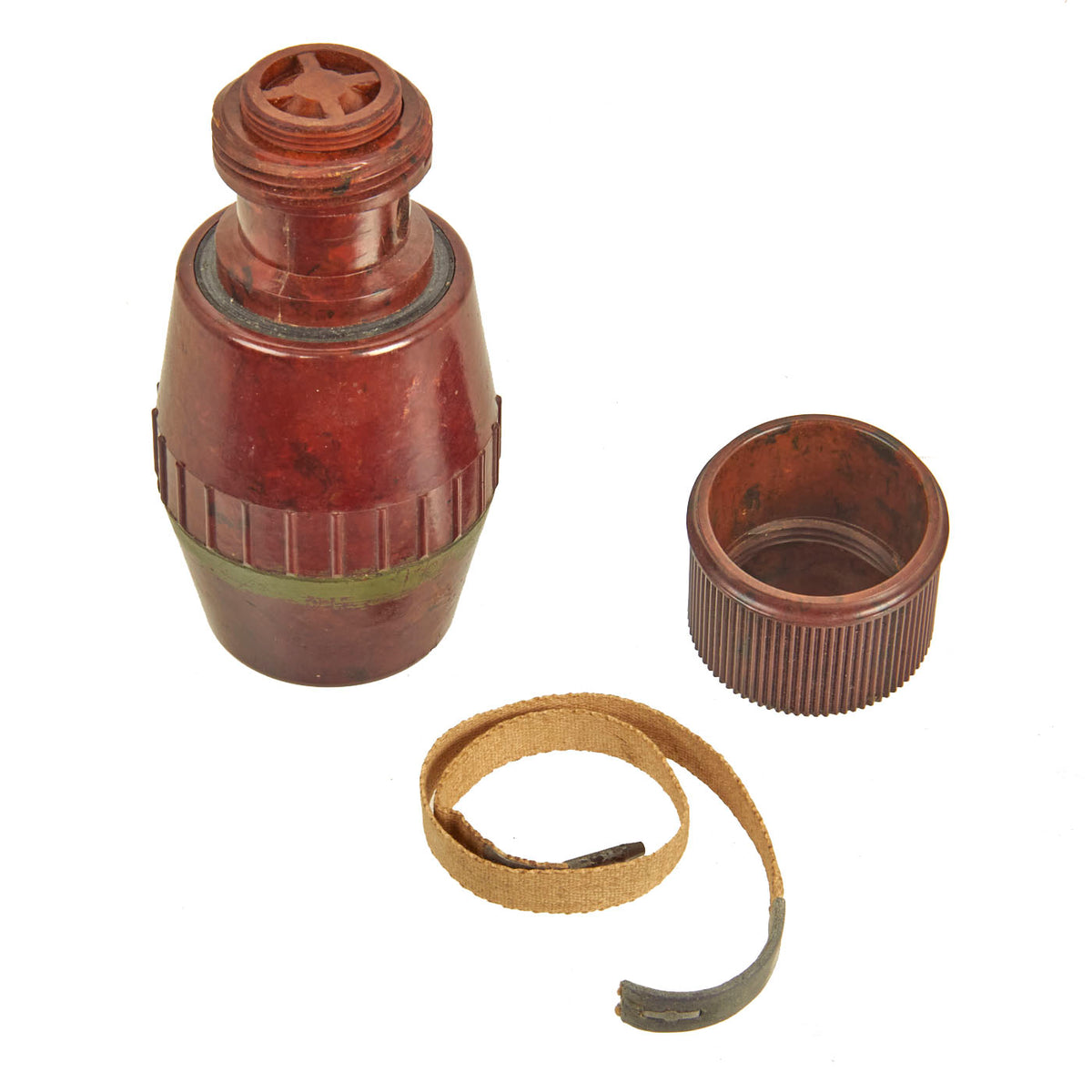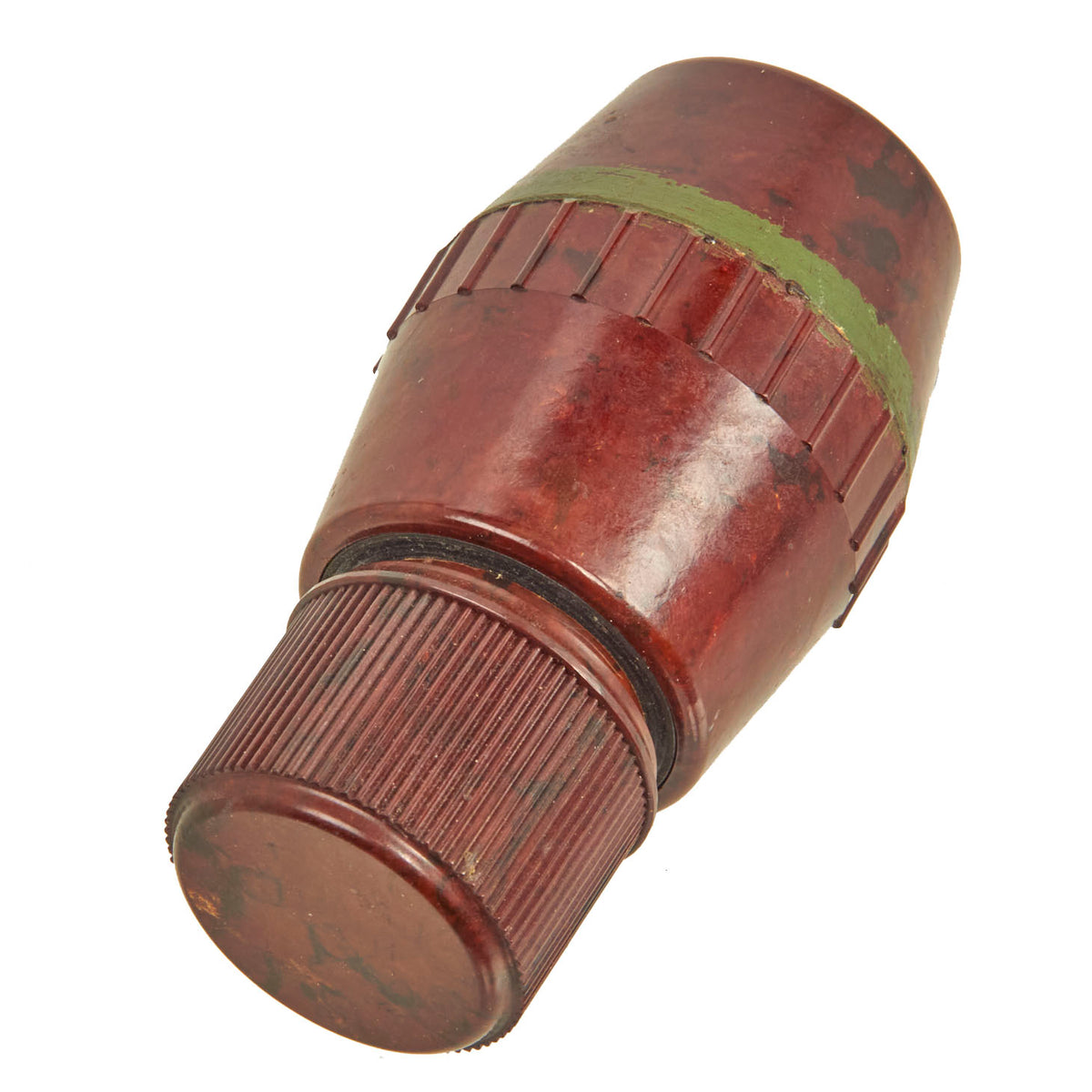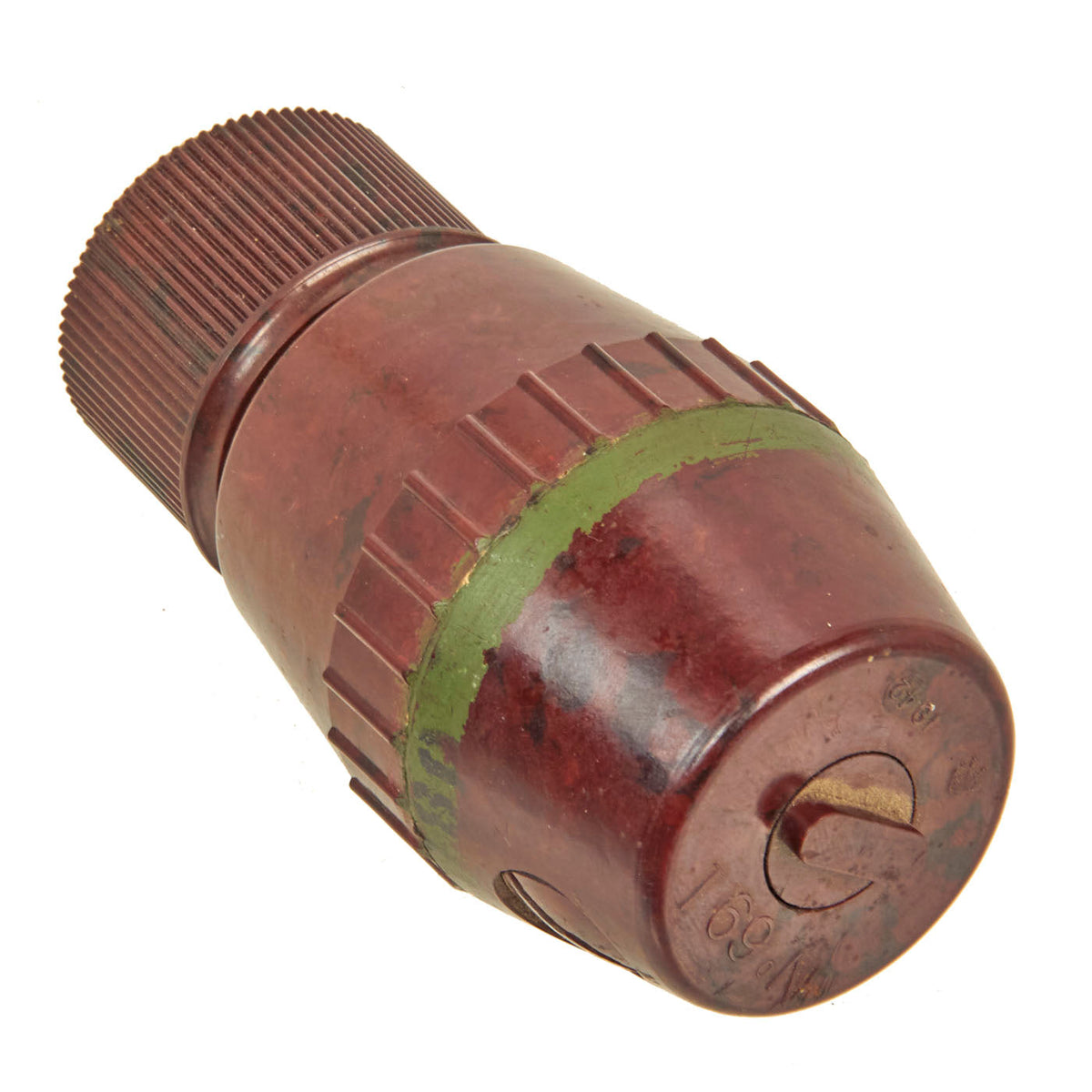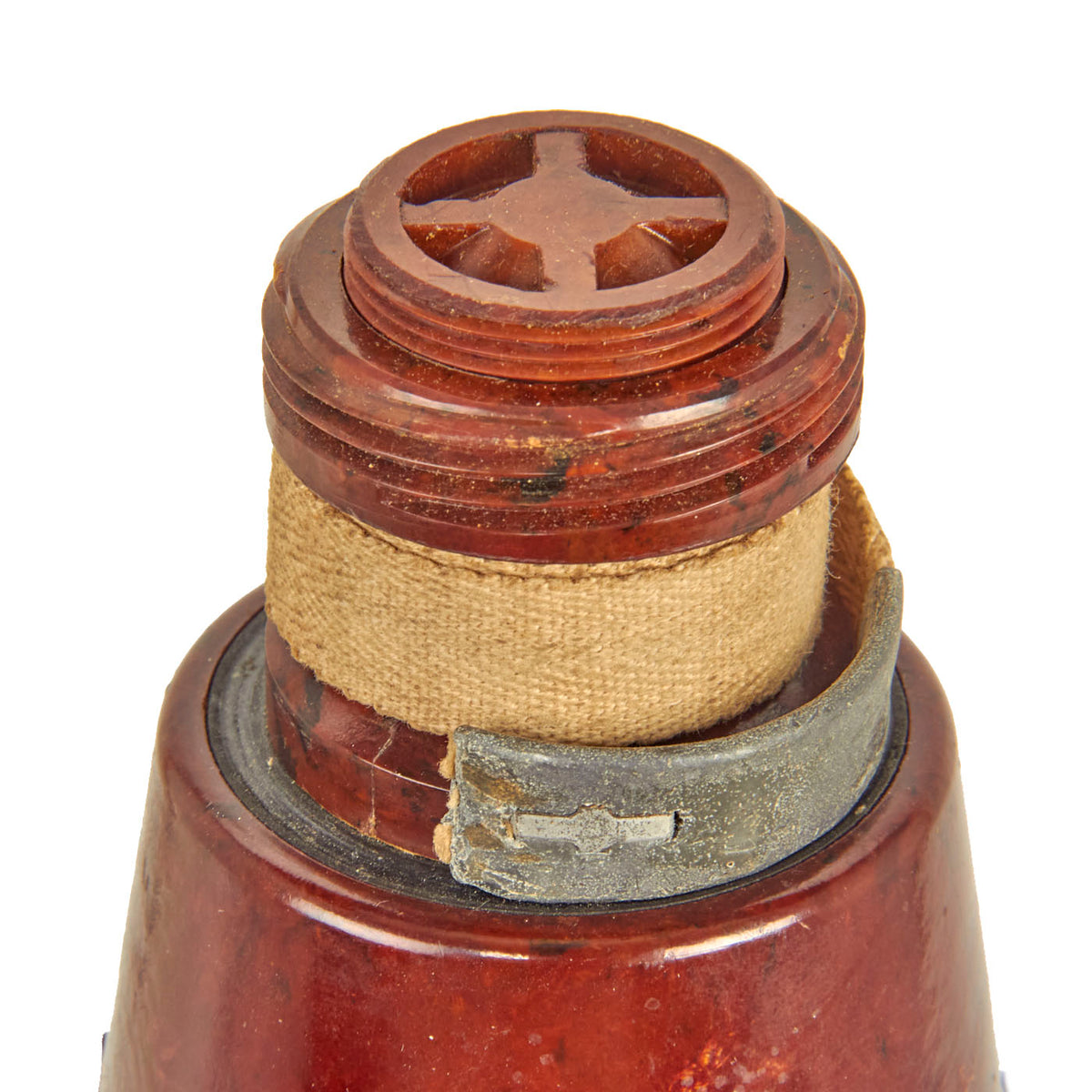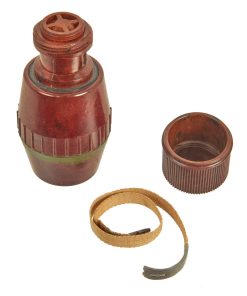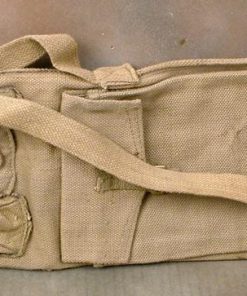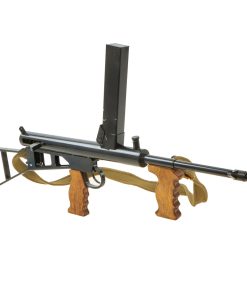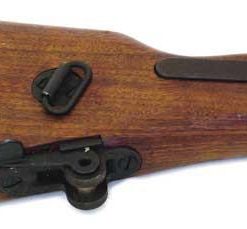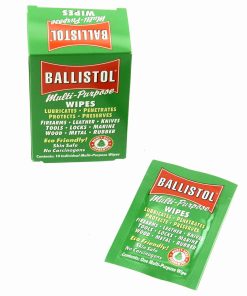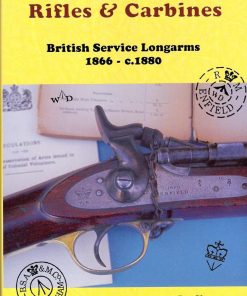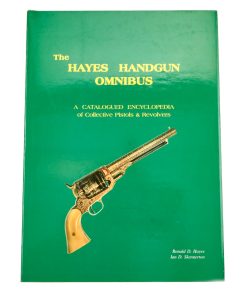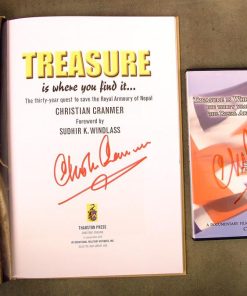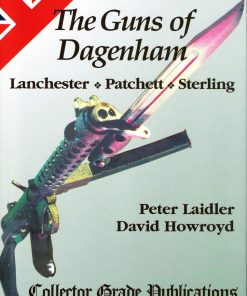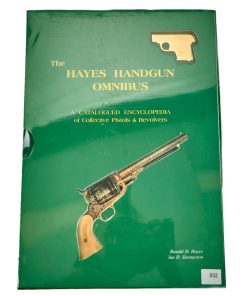Original British WWII Inert No. 69 I Bakelite High Explosive Inert Hand Grenade – dated 1942 Original Items
$ 450,00 $ 135,00
Original Item: Only One Available. This is an excellent original inert example of a very hard to find British ordnance piece from WWII! The grenade has been rendered inert and has had all explosive content removed. There is no way that this device can be made live again and is in compliance with the current BATF standards on inert ordnance.
Not Available For Export.
The British No. 69 I was a hand grenade developed and used during the Second World War. It was adopted into service due to the need for a grenade with smaller destructive radius than the No 36M “Mills bomb”. This allowed the thrower to use a grenade even when there was little in the way of defensive cover. In contrast, the much greater destructive radius of the Mills bomb than its throwing range forced users to choose their throwing point carefully, in order to ensure that they would not be wounded by their own grenade.
Externals and internals: The shell of the Number 69 grenade was composed entirely of the hard plastic, Bakelite, which shattered without producing fragments like a metal-bodied grenade. Metal fragmenting sleeves were available to increase the grenade’s lethality.
Using the No 69 bomb was very simple: the screw-off cap was removed and discarded, and the grenade was then thrown. When the grenade was thrown, a linen tape with a curved lead weight on the end automatically unwrapped in flight, freeing a ball bearing inside the fuse. In this manner the all-ways fuze was armed in flight and the grenade exploded on impact; and like the Gammon grenade, which used the same fuse design, it was withdrawn from service soon after the Second World War ended.
This example is nicely marked on the bottom:
No. 69 I
RC 1942
The interlocked “R C” logo is a known maker of this grenade, but we unfortunately have not been able to identify the company.
This example still retains the original ball bearing and inner fuse assembly and can still be removed. The closing cap and linen tape are present, holding the fuse assembly in place. The faded green ring painted around the grenade indicates that it is “High Explosive”, and could have been filled with Amatol or Baratol explosive.
The remnants of the red “X”s around the top of the grenade would indicate that it was filled with Amatol 80/20 filling. However, it appears that the filling was later changed, as the green ring has a clear BAR – 20 / 80 marking, for the Baratol 20/80 filling. All of the explosives have been removed, so there may be no way to know the true story, but it certainly is interesting!
A great display piece from WWII, in very attractive red bakelite. Ready to display!
Fast Shipping with Professional Packaging
Thanks to our longstanding association with UPS FedEx DHL, and other major international carriers, we are able to provide a range of shipping options. Our warehouse staff is expertly trained and will wrap your products according to our exact and precise specifications. Prior to shipping, your goods will be thoroughly examined and securely secured. We ship to thousands clients each day across multiple countries. This shows how we're dedicated to be the largest retailer on the internet. Warehouses and distribution centres can be located throughout Europe as well as the USA.
Note: Orders with more than one item will be assigned a processing date depending on the item.
Before shipping before shipping, we'll conduct a thorough inspection of the items you have ordered. Today, the majority of orders will be delivered within 48 hours. The delivery time will be between 3-7 days.
Returns
The stock is dynamic and we cannot completely manage it because multiple stakeholders are involved, including our factory and warehouse. So the actual stock may alter at any time. It's possible that you may not receive your order once the order has been made.
Our policy is valid for a period of 30 days. If you don't receive the product within 30 days, we are not able to issue a refund or an exchange.
You can only return an item if it is unused and in the same state as the day you received it. You must have the item in its original packaging.
Related products
Uncategorized
Uncategorized
Armored Burgonet Helmet & Polearm from Scottish Castle Leith Hall Circa 1700 Original Items
Uncategorized
Book: Small Arms ID by Ian Skennerton: .303 Pattern 1914 Rifle & Sniping New Made Items
Uncategorized
Australian WWII Owen MK1 Machine Carbine SMG Custom Fabricated Replica with Sling Original Items
Uncategorized
Uncategorized
Australian WWII Owen MK1 Machine Carbine SMG Custom Fabricated Replica with Sling Original Items
Uncategorized
Uncategorized
Uncategorized
Uncategorized
Book & DVD Combo: Treasure is Where You Find It: Signed Collector Editions New Made Items
Uncategorized
Book: Small Arms ID by Ian Skennerton: .303 Rifle, No. 1, S.M.L.E Marks II & III New Made Items
Uncategorized
